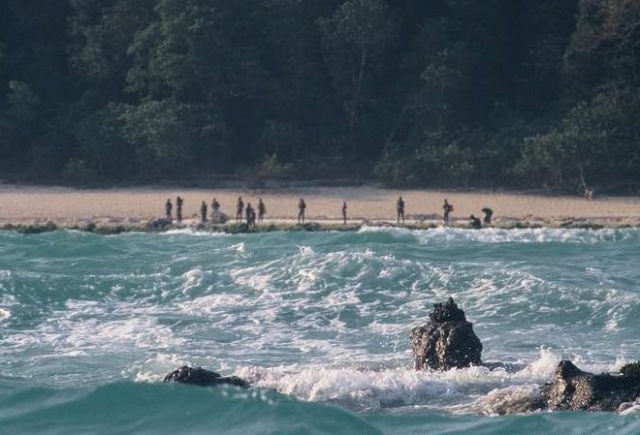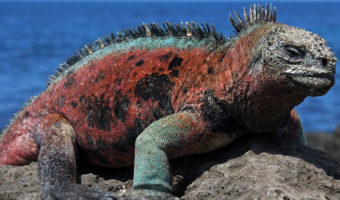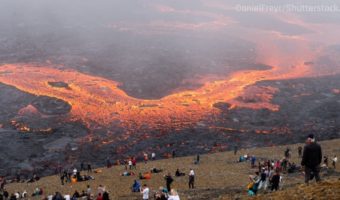The North Sentinel Island : One of the most isolated and unwelcomed places on the Earth.
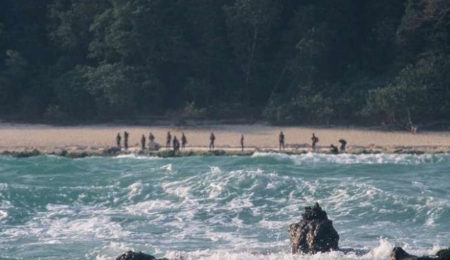
The North Sentinel Island is among the Andaman and Nicobar Islands which is a group of 572 islands in the Bay of Bengal between Myanmar and Indonesia. These islands were formally a part of the Republic of India. However, India has declared a few of these islands including the North Sentinel Island closed to the outsiders in order to preserve the distinct culture of these lands.
The North Sentinel Island is home to the Sentinels, a small tribe who is noted for vigorously resisting attempts of contact by outsiders and has inhabited the island for thousands of years. The island is completely untouched by modern civilization and its inhabitants kill any outsiders who try to get too close to their land. No one has ever gone or left this island without fleeing immediately or being slaughtered by the Sentinelese upon arrival. They drive off fishermen, journalists, anthropologists and government officials with their spears and arrows.
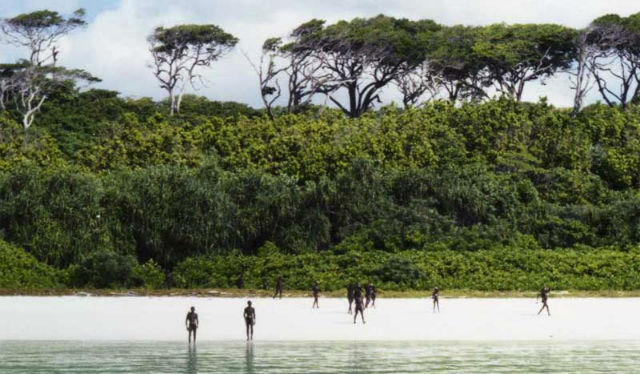
They are said to be directly descended from the first human populations to emerge from Africa and have probably lived in the Andaman Islands for up to 60,000 years. Possibly no other people on this earth are as isolated, as the Sentinelese. Their present numbers are estimated to be anywhere between 50 and 400 individual. The 28 square mile island is roughly the size of Manhattan and is low-lying, heavily forested and protected by a barrier of coral reefs.

The fact that their language is so different even from other Andaman islanders suggests that they have had little or no contact with the other people for thousands of years. The Sentinelese maintain an essentially hunter-gathering society, obtaining their subsistence through hunting, fishing, and collecting wild plants; there is no evidence of any agricultural practices.
- The first real threat to the natives of North Sentinel Island appeared in 1858, when the British established a penal colony at Port Blair on nearby South Andaman Island to pacify the local tribes. They would kidnap a member of an unfriendly tribe, hold him for a short period, treat him well, and then shower him with gifts and let him return to his people.
- In 1880 a large, heavily-armed party led by 20-year-old Maurice Vidal Portman, the British colonial administrator, landed on North Sentinel and made what is believed to be the first exploration of the island by outsiders. Several days passed before they made contact with any Sentinelese because tribe members disappeared into the jungle whenever strangers approached. Finally, after several days on the island, the party stumbled across an elderly couple who were too old to run away, and several small children. Portman brought the two adults and four of the children back to Port Blair. But the man and the woman soon started to get sick and then died, probably from exposure to Western diseases like smallpox, measles, and influenza, to which they would have had little or no resistance. So Portman returned the four children to North Sentinel Island and released them with gifts for the rest of the tribe. The children disappeared into the jungle and were never seen again.
- Since 1967 Indian authorities have attempted to make peaceful contact with the Sentinelese under the auspices of anthropological research. Small parties in the early 1970s were turned away by arrows. A documentary team and some police officers got the same fierce welcome in 1974: The film’s director took an 8-foot-long arrow in the thigh.
- Some government-sponsored groups made brief trips to the island in the late 1980s and early ’90s, largely under the direction of the Indian anthropologist T.N. Pandit. Mr. Pandit and his colleagues left gifts of coconuts, knives, cloth, candy, aluminum cookware, mirrors, rubber balls, beaded necklaces, plastic buckets. (video here)
Some Unintentional Contacts:
- When a Hindu convict escaped in 1896, he drifted 30 miles on a makeshift raft and washed up on North Sentinel. A search party found his body a few days later on a beach, punctured by arrows and his throat cut.
- Other unintentional encounters include on August 2, 1981,a Hong Kong freighter navigating the choppy waters of the Bay of Bengal ran aground on a submerged coral reef. The ship, called the Primrose, was hopelessly stuck. The crew stayed on their boat for a few days, when the saw native people advancing towards their ship, armed with spears, bows and arrows.T he captain made a distress call via radio and the crew were airlifted to safety by helicopter.
- The last recorded contact with the Sentinelese was in 2006, when the Sentinelese archers killed two fishermen who were fishing illegally within range of the island. The archers later drove off, with a hail of arrows, the helicopter that was sent to retrieve the bodies.

The Sentinelese even survived the 2004 Indian Ocean tsunami, the deadliest in recorded history, with few or no casualties. Thought the tsunami killed more than 230,000 people in surrounding countries, it appears that the Sentinelese were able to sense the coming of the tsunami and escape to higher ground before it arrived. When an Indian Navy helicopter arrived three days after to check on their well-being and drop food parcels on the beach, a Sentinelese warrior came out of the jungle and warned the helicopter off with a bow and arrow, a clear sign that the Sentinelese did not want help from outsiders

Today anyone with a laptop and internet access can use Google Earth to spy on places that are not meant to be seen by outsiders. But when you look down on North Sentinel Island in the Bay of Bengal, all you can make out is the wreck of the Primrose, still stuck on the reef. You can’t see the Sentinelese, their dwellings, or anything else that might shed light on how many people there are on the island, or how they live there. The dense jungle that covers every inch of the island except the beaches conceals everything: Even when viewed from outer space, the Sentinelese remains free from prying eyes.
Recommended:Â 10 Lesser-Known Facts About North Sentinel Island














